The Peace Lily (Spathiphyllum), with its glossy green leaves and striking white blooms, is one of the most popular indoor plants for beginners. Known for its beauty, air-purifying qualities, and relatively low-maintenance nature, it has become a favorite choice for homes and offices alike. If you’re just starting your indoor plant journey, the Peace Lily is an excellent companion that thrives with a little care and attention.
This guide will walk you through everything you need to know about Peace Lily care, from choosing the right plant to watering, light, soil, and common problems to watch out for. By the end, you’ll have the confidence to grow a thriving Peace Lily indoors.
Why Choose a Peace Lily?
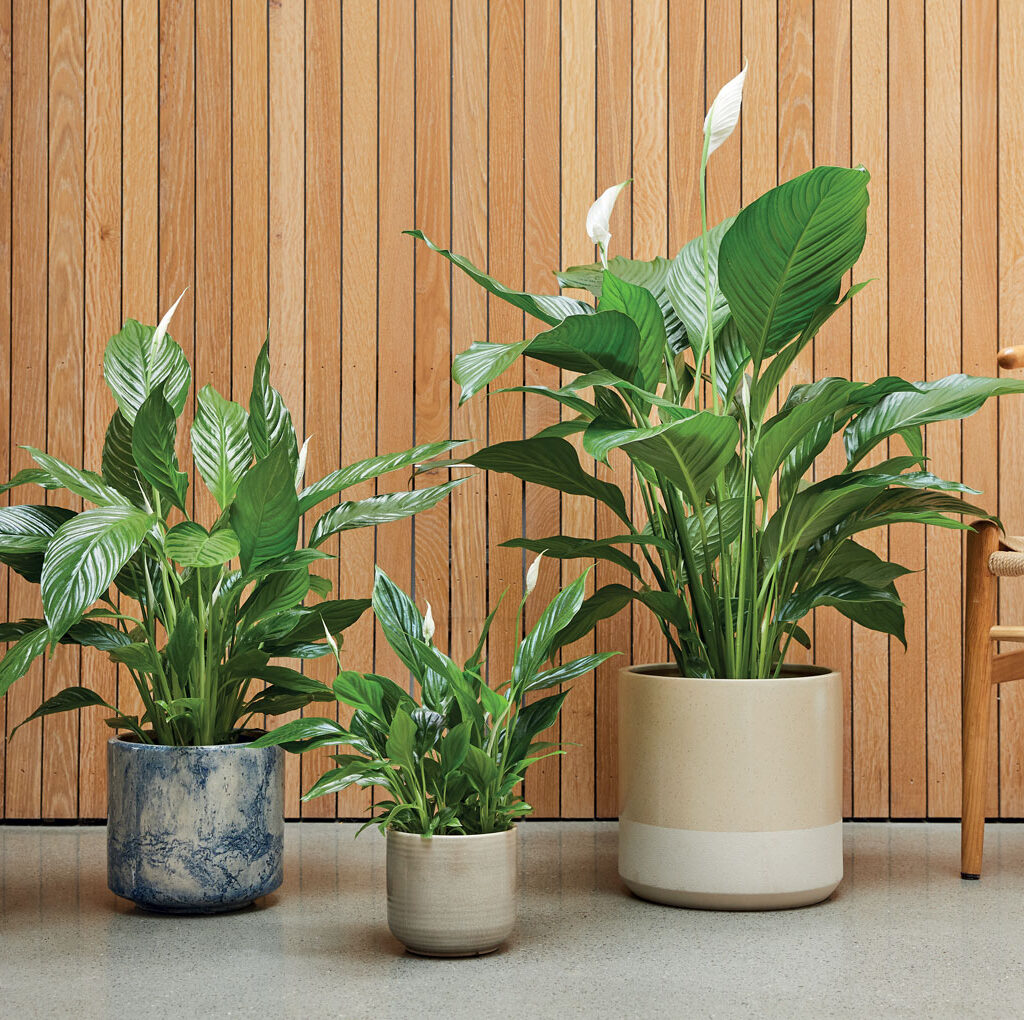
Peace Lilies aren’t just attractive; they come with several benefits that make them a must-have houseplant:
- Air purification: NASA’s Clean Air Study highlighted Peace Lilies as effective at removing toxins like benzene, formaldehyde, and trichloroethylene.
- Low maintenance: Peace Lilies adapt well to indoor conditions and don’t require daily attention.
- Elegant appearance: The lush foliage and white “spathes” (modified leaves that resemble flowers) add a touch of sophistication to any space.
- Symbolism: Peace Lilies are often associated with tranquility, healing, and renewal, making them a meaningful addition to your home.
Choosing the Right Peace Lily
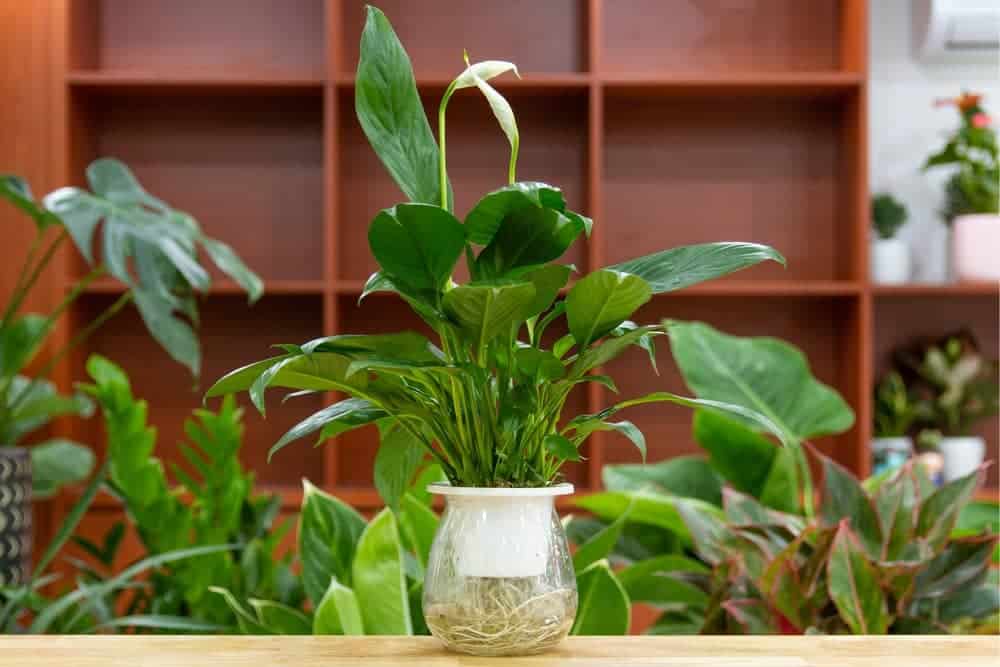
When selecting a Peace Lily from a nursery or store, keep these tips in mind:
- Look for plants with vibrant green leaves free of yellowing or browning.
- Avoid plants with drooping leaves, which may signal underwatering or root issues.
- Check the roots by gently lifting the pot; they should be white and healthy, not brown or mushy.
- Choose the right size based on your space: Peace Lilies range from compact varieties (about 12 inches tall) to larger ones that can grow up to 3–4 feet indoors.
Light Requirements
Peace Lilies thrive in low to medium indirect light, making them perfect for indoor spaces where sunlight is limited. However, the right balance is key:
- Indirect light: Place them near north or east-facing windows where light is bright but not direct.
- Too much light: Direct sunlight can scorch the leaves, turning them yellow or brown.
- Too little light: In very dark rooms, the plant may survive but won’t bloom as often.
Pro Tip: If you want more frequent blooms, provide moderate, filtered light.
Watering Your Peace Lily
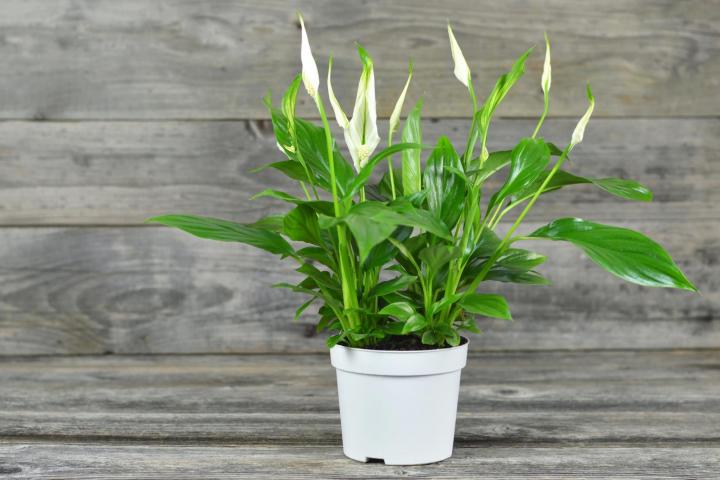
Watering is where most beginners go wrong, but Peace Lilies will tell you when they need a drink—their leaves droop slightly as a signal.
- Watering schedule: Generally, water once a week, but always check the soil first.
- Check soil moisture: Stick your finger about an inch deep into the soil; if it feels dry, it’s time to water.
- Type of water: Peace Lilies are sensitive to chlorine and fluoride in tap water. Use filtered water, rainwater, or distilled water if possible.
- Overwatering risk: Sitting in soggy soil leads to root rot, one of the most common Peace Lily problems.
Pro Tip: Wipe the leaves occasionally with a damp cloth to remove dust and improve photosynthesis.
Soil and Potting Mix
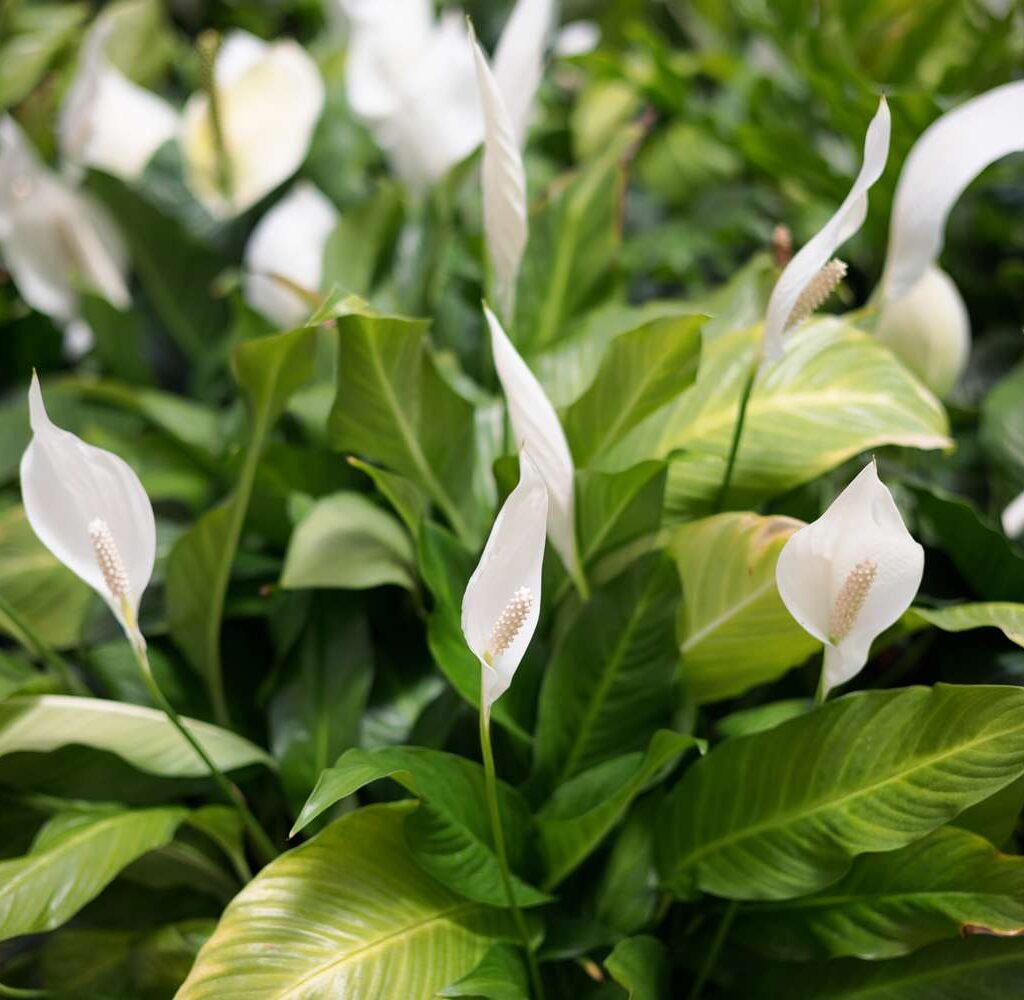
Peace Lilies prefer well-draining soil that retains moisture without becoming waterlogged.
- Best mix: A blend of regular potting soil with perlite, peat moss, or coconut coir works perfectly.
- pH preference: Slightly acidic to neutral (around 5.8–6.5).
- Pot choice: Use a pot with drainage holes to prevent excess water buildup.
If your Peace Lily’s leaves turn yellow and the soil remains wet for long, it may be time to repot with a better-draining mix.
Temperature and Humidity
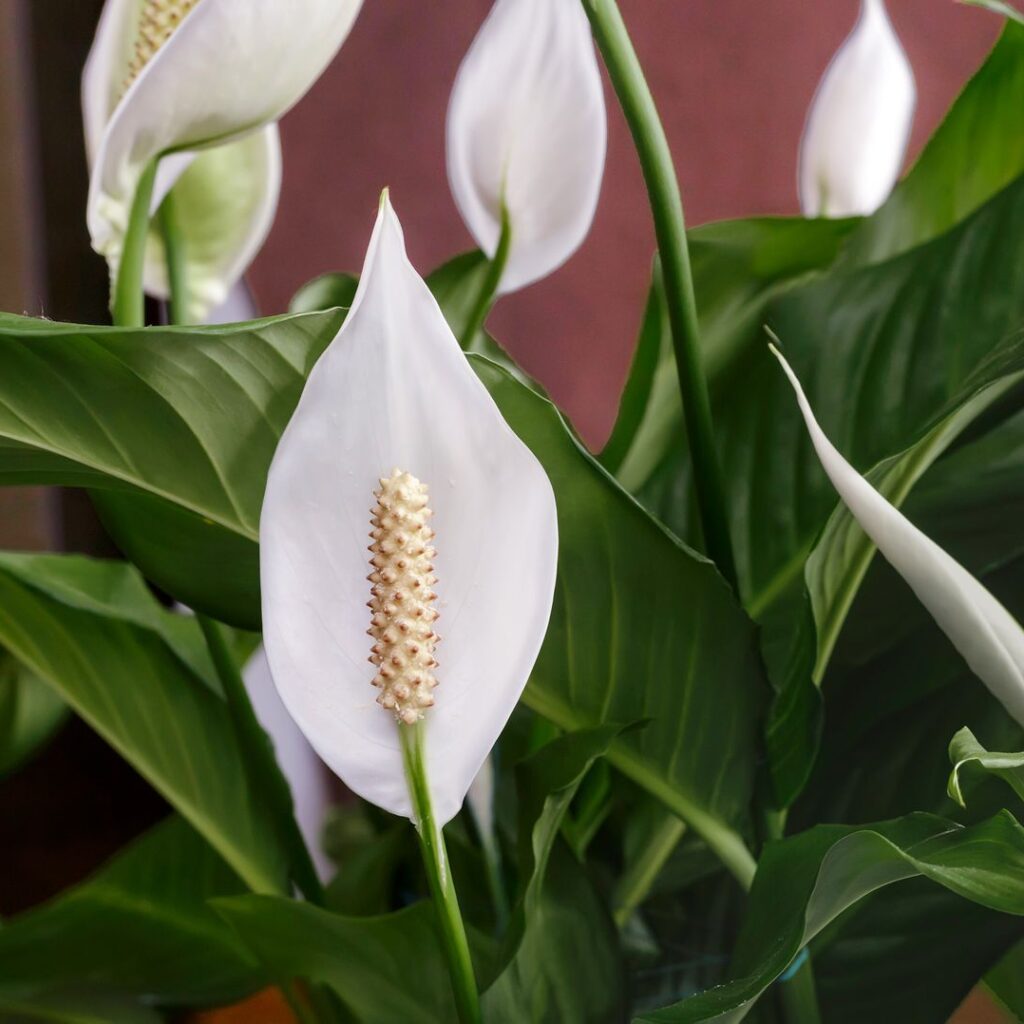
As tropical plants, Peace Lilies love warm and humid environments.
- Temperature range: 65–85°F (18–29°C). Avoid exposing them to drafts, cold air, or sudden temperature changes.
- Humidity needs: They prefer 50–60% humidity. In dry climates, mist the leaves lightly, place the pot on a humidity tray, or use a humidifier.
Fertilizing Peace Lilies
Peace Lilies don’t need heavy feeding, but a little fertilizer encourages healthy growth and blooms.
- Frequency: Fertilize every 6–8 weeks during the growing season (spring and summer).
- Type: Use a balanced, water-soluble houseplant fertilizer diluted to half strength.
- Warning: Avoid over-fertilizing, as excess salts can damage roots and cause brown leaf tips.
Repotting Peace Lilies
Peace Lilies grow relatively slowly but may need repotting every 1–2 years.
Signs it’s time to repot:
- Roots growing out of drainage holes.
- The plant wilts quickly after watering (indicating root crowding).
- Soil no longer retains moisture.
How to repot:
- Gently remove the plant from its pot.
- Shake off excess soil and trim any damaged roots.
- Place it in a slightly larger pot with fresh soil.
- Water thoroughly and allow it to settle.
Pruning and Cleaning
Pruning helps maintain a tidy appearance and encourages new growth.
- Remove dead leaves: Cut them at the base using clean scissors.
- Spent blooms: Once the white spathes turn green or brown, trim them off to redirect energy back to foliage growth.
- Leaf cleaning: Dust buildup can block light absorption, so wipe the leaves regularly.
Common Problems and Solutions
Even with good care, Peace Lilies can show signs of stress. Here’s how to fix them:
- Brown leaf tips
- Cause: Fluoride/chlorine in water, low humidity, or over-fertilization.
- Solution: Use filtered water, increase humidity, and reduce fertilizer.
- Yellow leaves
- Cause: Overwatering, poor drainage, or old leaves.
- Solution: Improve soil drainage, adjust watering, and remove aging leaves.
- No blooms
- Cause: Too little light or lack of nutrients.
- Solution: Move to a brighter location and feed during growing season.
- Drooping leaves
- Cause: Underwatering or root rot.
- Solution: Water thoroughly if dry; if soil is soggy, repot with fresh mix.
Peace Lily Safety
Peace Lilies are toxic to pets and children if ingested due to calcium oxalate crystals. While they are not deadly, they can cause mouth irritation, drooling, or stomach upset in cats, dogs, and humans. Keep them out of reach if you have curious pets or toddlers.
Decorating with Peace Lilies
Peace Lilies are versatile and can enhance any indoor setting:
- Living room centerpiece: Their elegant blooms brighten up corners.
- Office desk plant: Their ability to thrive in low light makes them ideal for workspaces.
- Bedroom plant: Peace Lilies help improve air quality, making them suitable for restful environments.
- Grouped displays: Pair with other tropical houseplants like Calatheas or Pothos for a lush look.
Final Thoughts
For beginners, the Peace Lily is a nearly perfect indoor plant. Its adaptability, beauty, and air-purifying qualities make it a rewarding choice for anyone looking to start or expand their indoor garden. By following the basic guidelines—providing indirect light, watering carefully, using well-draining soil, and maintaining the right temperature and humidity—you’ll enjoy a vibrant and healthy Peace Lily for years to come.
Peace Lilies remind us that with a little attention and care, indoor plants can bring life, peace, and beauty into our daily surroundings. Whether you’re new to houseplants or an experienced gardener, this elegant plant deserves a spot in your collection.
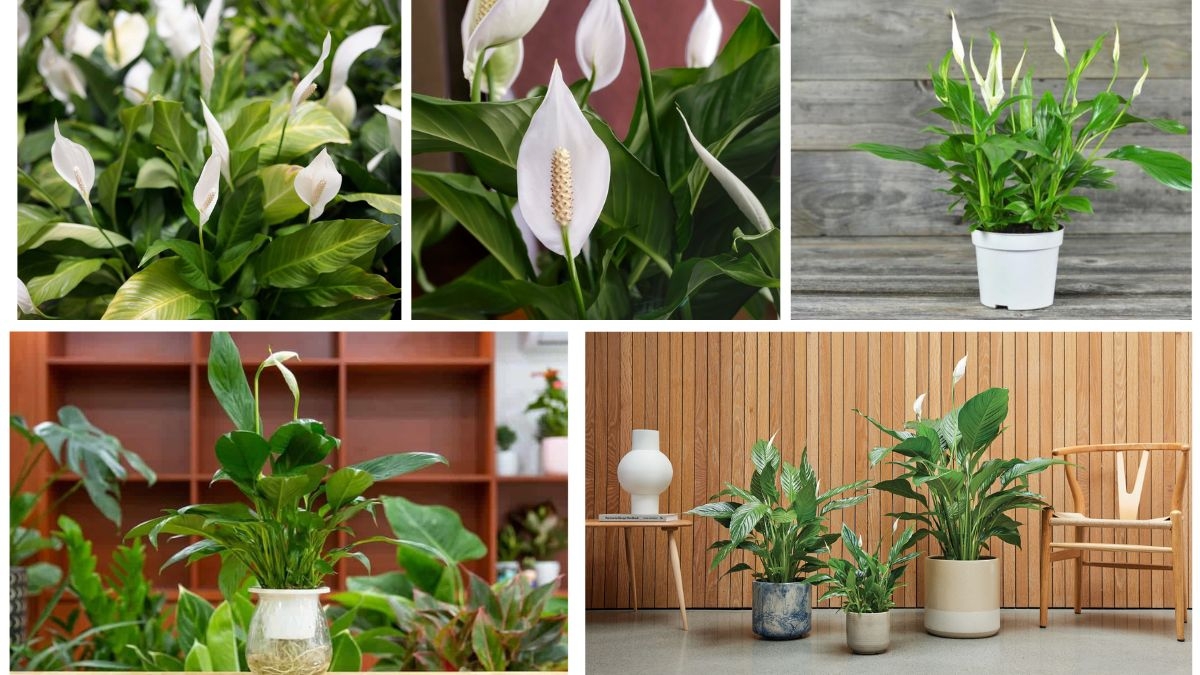





Leave A Comment